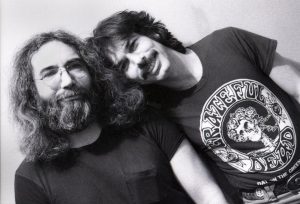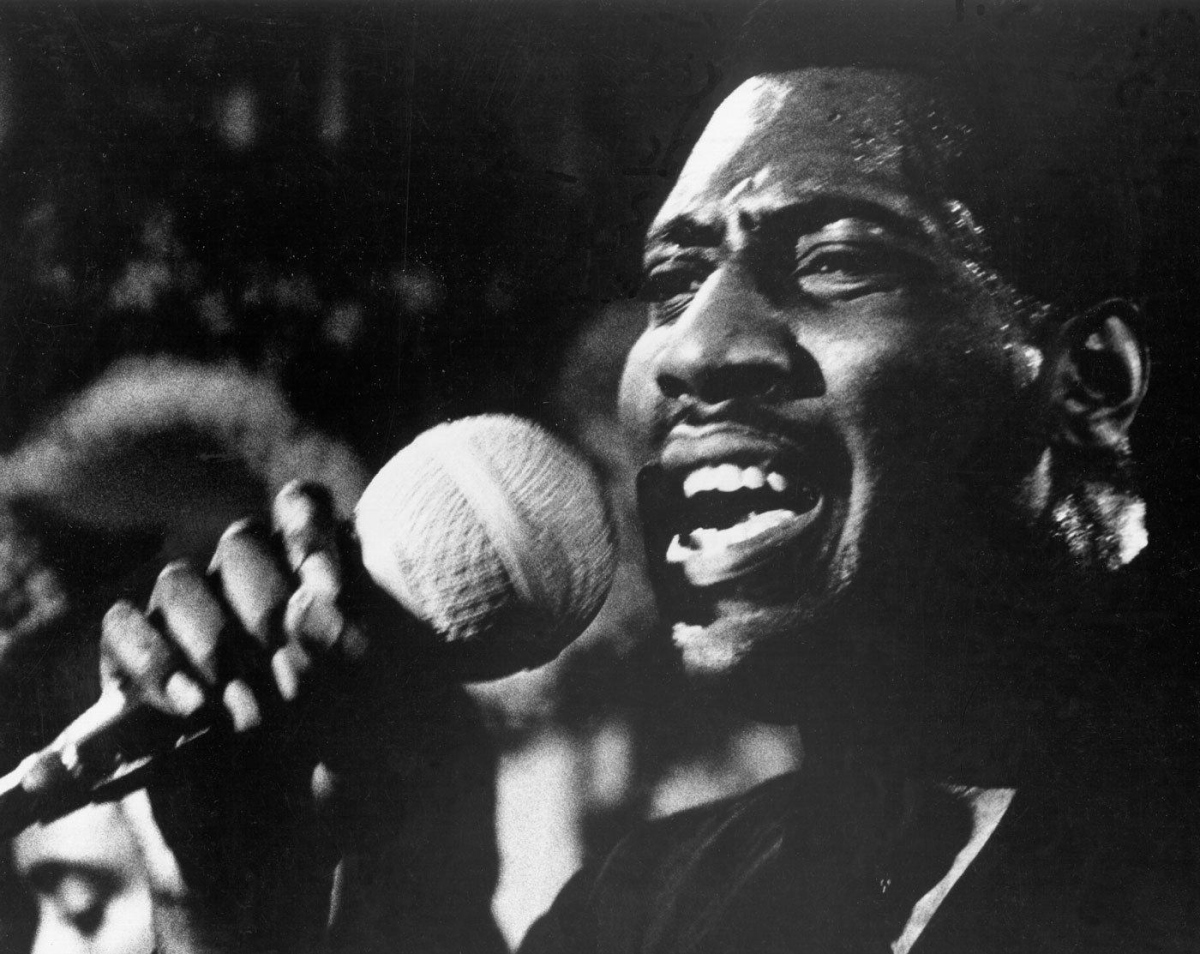Otis Redding‘s “(Sittin’ On) The Dock of the Bay” isn’t just a song; it’s a soulful tapestry woven with introspection, loneliness, and the resilience of the human spirit. Released in 1968, a year after Redding’s tragic passing, the song became a posthumous sensation, topping the charts and etching itself into the hearts of music lovers forever.
Discover GRAMMY GO courses exclusively on Coursera
“Dock of the Bay” Lyrics and Interpretations
The song’s genesis is shrouded in a beautiful ambiguity. Some believe it was inspired by Redding’s relocation from Macon, Georgia, to San Francisco, seeking a fresh start. The “Frisco Bay” referenced in the lyrics could be a metaphor for new beginnings, while the “dock” symbolizes a temporary resting place. However, the melancholic tone suggests a deeper longing, perhaps for lost love or a yearning for something just beyond grasp.
Other theories explore the song as a social commentary. The “dock” could represent a place of observation, where the narrator witnesses the struggles and triumphs of life passing by. The lyrics “I have had nothing to live for / Look like nothing’s gonna come my way” could be interpreted as a reflection on the social and economic hardships faced by many in the 1960s, particularly by marginalized communities.
Production of a Classic
The production of “(Sittin’ On) The Dock of the Bay” exemplifies simplicity and effectiveness. Steve Cropper‘s laid-back arrangement features a gentle electric guitar picking pattern, a steady bassline by Duck Dunn, subtle yet propulsive drumming by Al Jackson Jr., and tasteful organ embellishments by Booker T. Jones. The song’s beauty lies in its ability to serve the song, with no unnecessary embellishments or competing elements. This approach, now known as the “Memphis Sound,” had a profound impact on soul music and popular music in general. Redding’s soulful vocals are the centerpiece, imbued with a raw vulnerability that resonates deeply. The iconic whistling in the latter half of the song was an unplanned improvisation, adding a touch of spontaneity that became an iconic part of the track. Legend has it that Redding simply forgot the lyrics and improvised, adding a touch of spontaneity that became an iconic part of the track
Awards and Recognition
“Sittin’ on the Dock of the Bay” by the late Otis Redding is a song that has achieved widespread recognition and acclaim. Most notably, its studio recording, received two prestigious GRAMMY Awards in 1968 for Best R&B Performance and Best R&B Song. These awards highlight the song’s exceptional quality and its impact on the music industry.
In addition to its GRAMMY success, “Sittin’ on the Dock of the Bay” has also achieved commercial success, reaching number one on the Billboard Hot 100 chart in the United States. It has also been inducted into the GRAMMY Hall of Fame and the Rock and Roll Hall of Fame 500 Songs that Shaped Rock and Roll. These accolades speak to the song’s enduring popularity and its lasting influence on music history.
Tribute and Covers
Among the notable covers of Otis Redding’s timeless classic, “(Sittin’ On) The Dock of the Bay,” three stand out for their unique and compelling interpretations. Michael Bolton‘s rendition is a smooth and soulful tribute that captures the essence of the original while adding his own signature style. The cover is marked by Bolton’s soaring vocals, intricate piano work, and a lush orchestral arrangement that creates a sense of intimacy and nostalgia.


Willie Nelson‘s cover, on the other hand, takes the song in a distinctly different direction. With his laid-back country-folk approach, Nelson transforms the track into a heartfelt ballad that evokes the wide-open spaces and simple pleasures of rural life. His warm, weathered vocals and acoustic guitar playing lend a sense of authenticity and vulnerability to the cover, creating a deeply moving and personal interpretation of the song.
The Grateful Dead‘s cover, released on their 1973 album “Wake of the Flood,” is a psychedelic and exploratory take on the track. The band’s extended, improvisational jams and Jerry Garcia’s soaring guitar solos create a hypnotic and otherworldly atmosphere. Key elements of their cover include the use of spacey synthesizers, ethereal vocals, and intricate drum patterns, which combine to create a unique and unforgettable interpretation of “(Sittin’ On) The Dock of the Bay.”

These covers are just a few examples that highlight the timeless appeal and versatility of “(Sittin’ On) The Dock of the Bay,” as they showcase how different artists can reinterpret and reimagine it in ways that stay true to its spirit while bringing something new and unique to the table.
The song’s enduring legacy lies in its ability to capture a universal human experience: the quiet moments of contemplation, the yearning for something more, and the bittersweet beauty of simply existing. Even after all these years, “(Sittin’ On) The Dock of the Bay” continues to resonate, a timeless reminder of the power of soul music to touch the soul.




















